Brief introduction of Jinan
Located in the central Shandong, north of Mount Tai and south of Yellow River, Jinan is the capital city as well as the second biggest city, the political, economic, cultural, science & technology center and transportation hub in Shandong. However, Jinan is most known as “Spring City” who naturally store more than 700 karst springs underground and depicts a splendid painting of lotuses blooming on all sides, willows weeping on three sides and half of the city mountain views reflected in the lake. Regarded as a relaxing tourist destination integrated with spring, mountain, lake, river and city, Jinan is also a vital tourist base for transferring to Qingdao, Mount Tai, Qufu, Yantai and other popular destinations in Shandong and a national historical and cultural city with over 2,000 years of construction history.
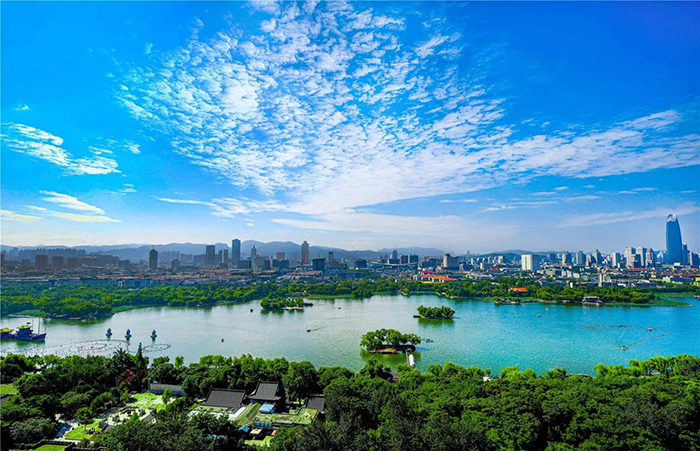
Jinan with mountains and lakes together
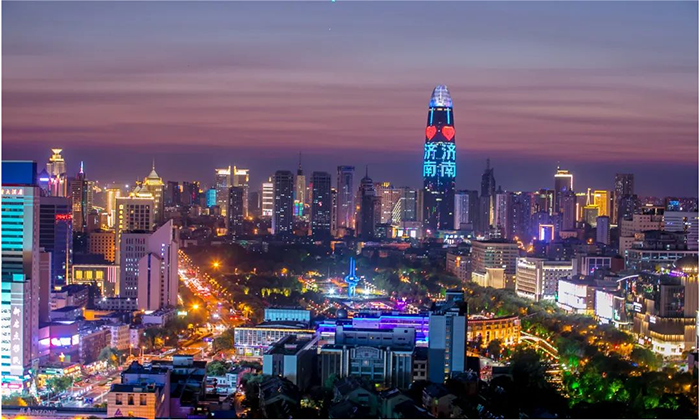
Night view of Jinan
Baotu Spring
Ranking the top among all the 72 named springs in Jinan, Baotu Spring has been praised as the No.1 spring under the heaven by Qianlong Emperor of the Qing Dynasty. Through three outlets, an average stream of 70,000 crystal clear water spouts daily and remains 18℃ all year round.The spring water surges out from the underground limestone caves. The flow amount can reach 240,000 cubic meters a day, and it can be as high as 26.49 meters in elevation.There are over 30 other famous springs scattered around the Baotu Spring. Together, they form the spring group of the Baotu Spring.
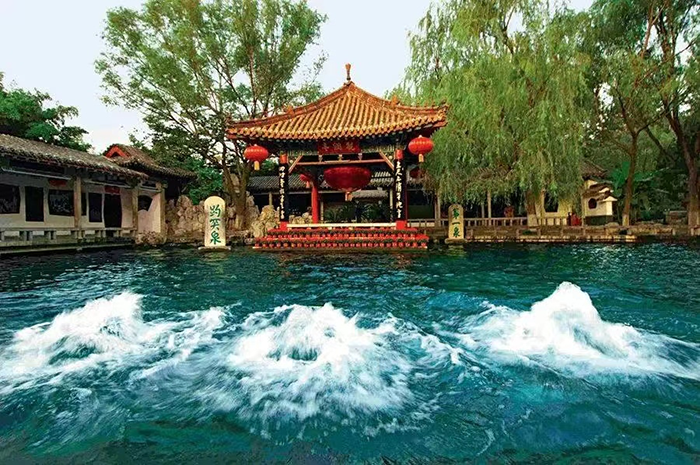
Baotu Spring
Daming Lake
Daming Lake is located to the north of the old downtown area and in the center of the new downtown area, in the city of Jinan, which is the capital of Shandong Province. There are three very popular tourist sites in Jinan, one of them being Daming Lake, and the other two being Baotu Spring park and the Thousand Buddha Mountain. The entire Daming Lake tourist site covers 810,000 square meters, with the lake alone covering 460,000 square meters, being almost one third of the old city.
The scenery at Daming Lake is beautiful and graceful. There are about 800 willow trees growing along its periphery, and 40 mu (a Chinese unit of measurement, 1 mu is roughly 600 square meters) of lotus ponds inside the lake. To the south of the lotus ponds, there is a garden called "Xiayuan", which was built in the Qing Dynasty in the style of the gardens to the south of the Yangtze River. When you walk into the garden, the whole of Daming Lake is before your eyes.
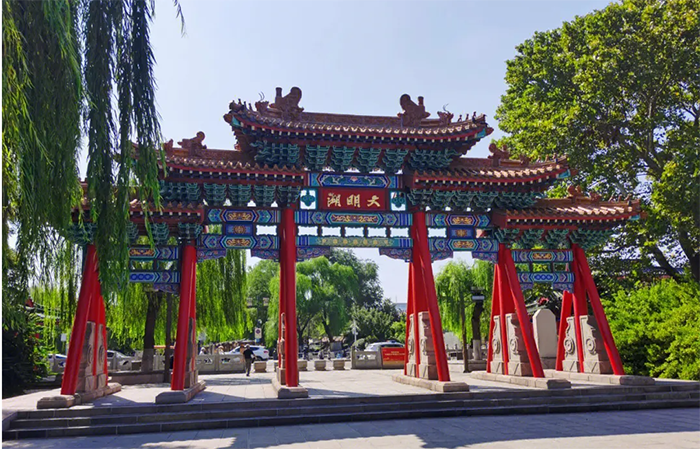
The gate of Daming Lake
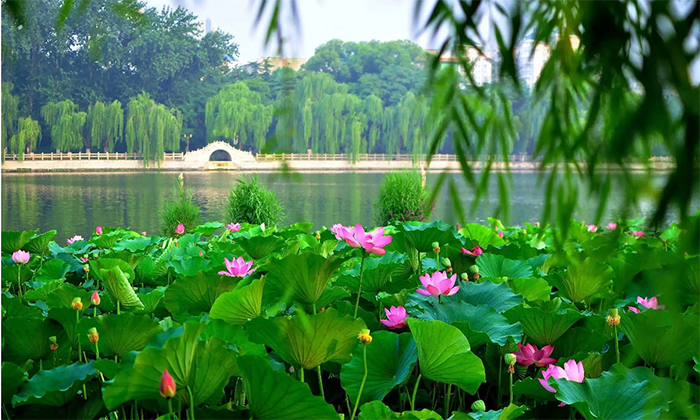
Lotus in Daming Lake
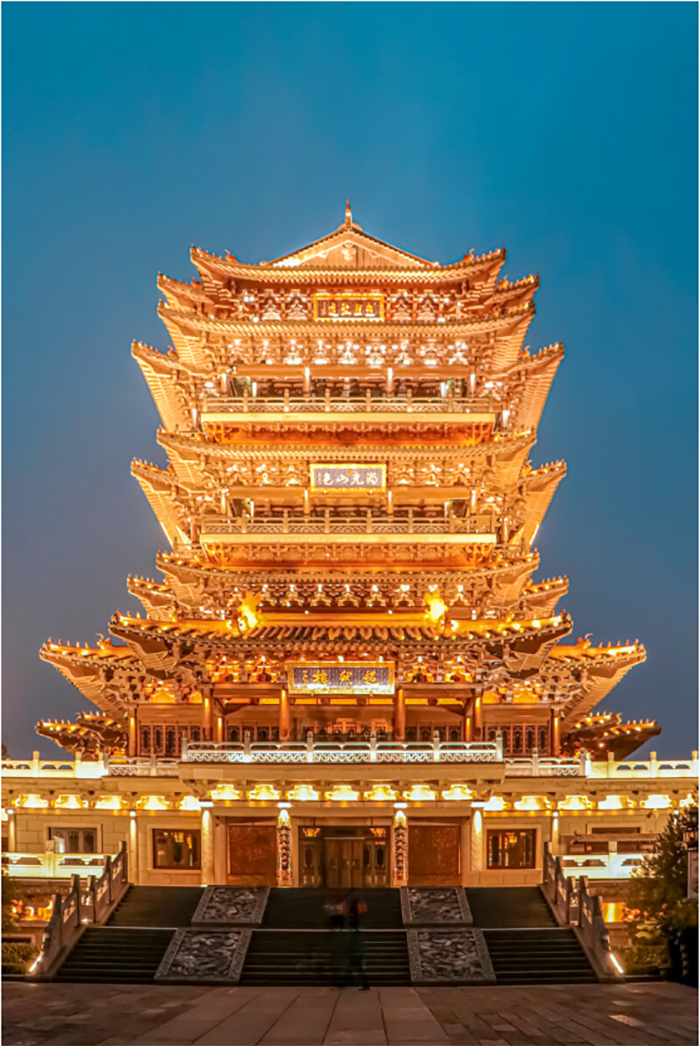
The Chaoran Tower of Daming Lake
Qianfo Mount
The site is located about 2.5 km (1.5 mi) southeast from downtown Jinan, the capital of Shandong Province. Jinan is about 120 km (75 mi) inland on the Yellow River, and positioned approximately halfway between Beijing and Shanghai.
Multiple temples were constructed, and thousands of Buddhas, large and small, were carved into the rock or positioned inside the temples or one of the five caves that lie at the mountain's foot. Thousand-Buddha Cliff on the north side of the hill just behind Xingguochan Temple is one of the most elaborate facades. As a stretch of Mount Tai with a low elevation of 285 meters, the mountain is most known for thousands of Buddhist statues on the cliffside. Tourists can also see giant golden sitting statue of Maitreya Buddha,a huge sleeping Buddha and some halls and temples.
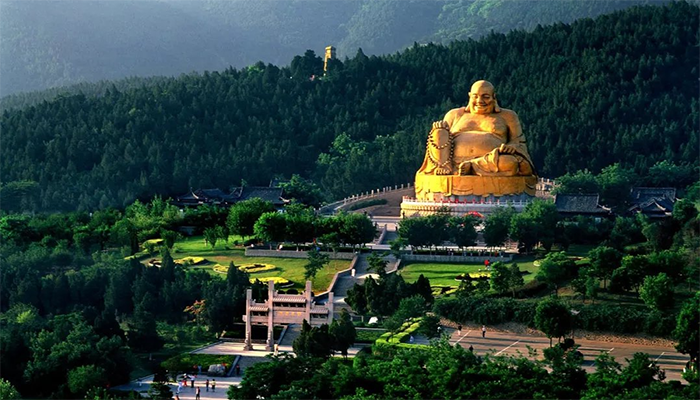
Giant Golden Sitting Statue of Qianfo Mount
Brief Introduction of Zhangqiu
Zhangqiu is located in the hinterland of Qilu, 50 kilometers east of Jinan, the capital of Shandong Province. It is near Mount Tai in the south and the Yellow River in the north, with a total area of 1855 square kilometers. Zhangqiu has a long history and outstanding people. Our ancestors lived and multiplied on this fertile land as early as 8,000 years ago and created the world-famous "Longshan Culture". Rich historical and cultural accumulation has brought up the talented people of all ages. Philosopher Zou Yan in the Warring States Period(475-221 B.C.), famous minister Fang Xuanling in the Tang Dynasty(618-907), peasant rebel leader Du Fuwei in the late Sui Dynasty(581-618), female poet Li Qingzhao in the Song Dynasty(960-1276), opera composer Li Kaixian in the Ming Dynasty(1368-1644), etc., have all been leading the fashion in the history of Chinese civilization for thousands of years. Zhangqiu is a blessed land abounds with natural resources and talented figures. Baimai Springs, Weishan mountain. With an annual water output of 120 million cubic meters, Baimai Spring belongs to one of the 72 springs in Jinan, Qizhou Ertangji has the praise of "Baotu is the best in the west, and Baimai is the crown in the east". Zhangqiu Seven Stars Terrace is the best place for stargazing, and it was rated as the most beautiful starry sky in the world by American Geographic magazine.
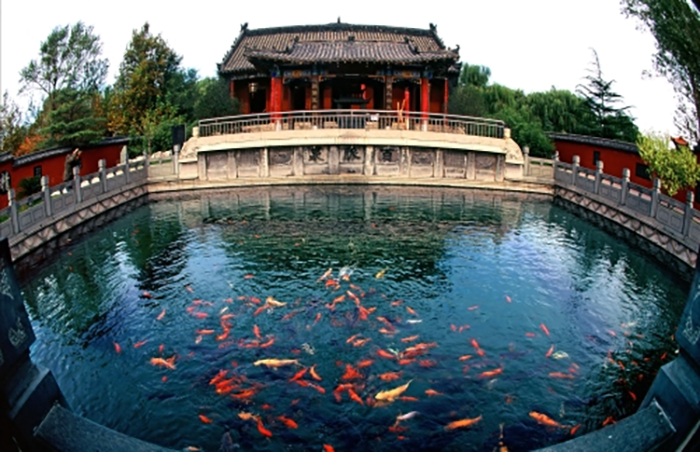
Baimai Spring
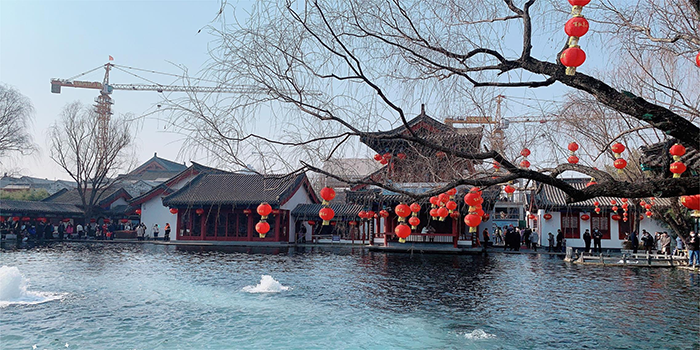
Plum Blossom Spring
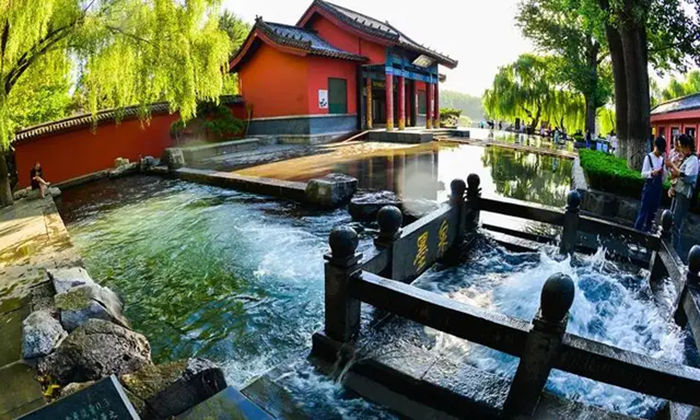
Mo Spring
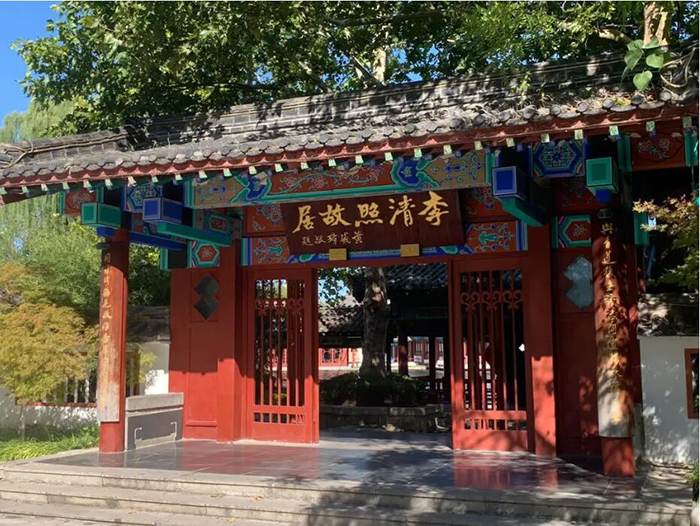
Former Residence of Li Qingzhao

The most beautiful starry sky in Zhangqiu Seven Stars Terrace
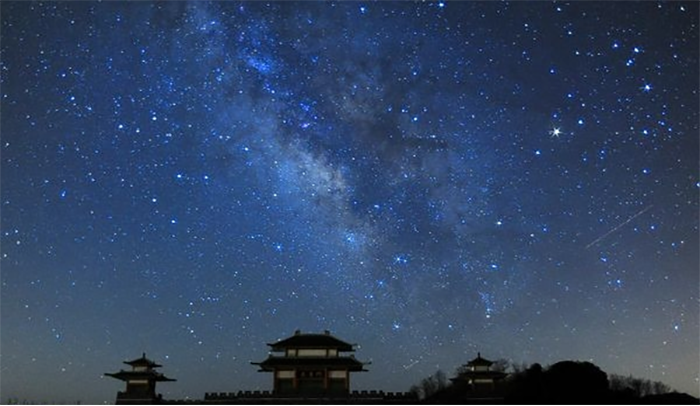
The most beautiful starry sky in Zhangqiu Seven Stars Terrace

